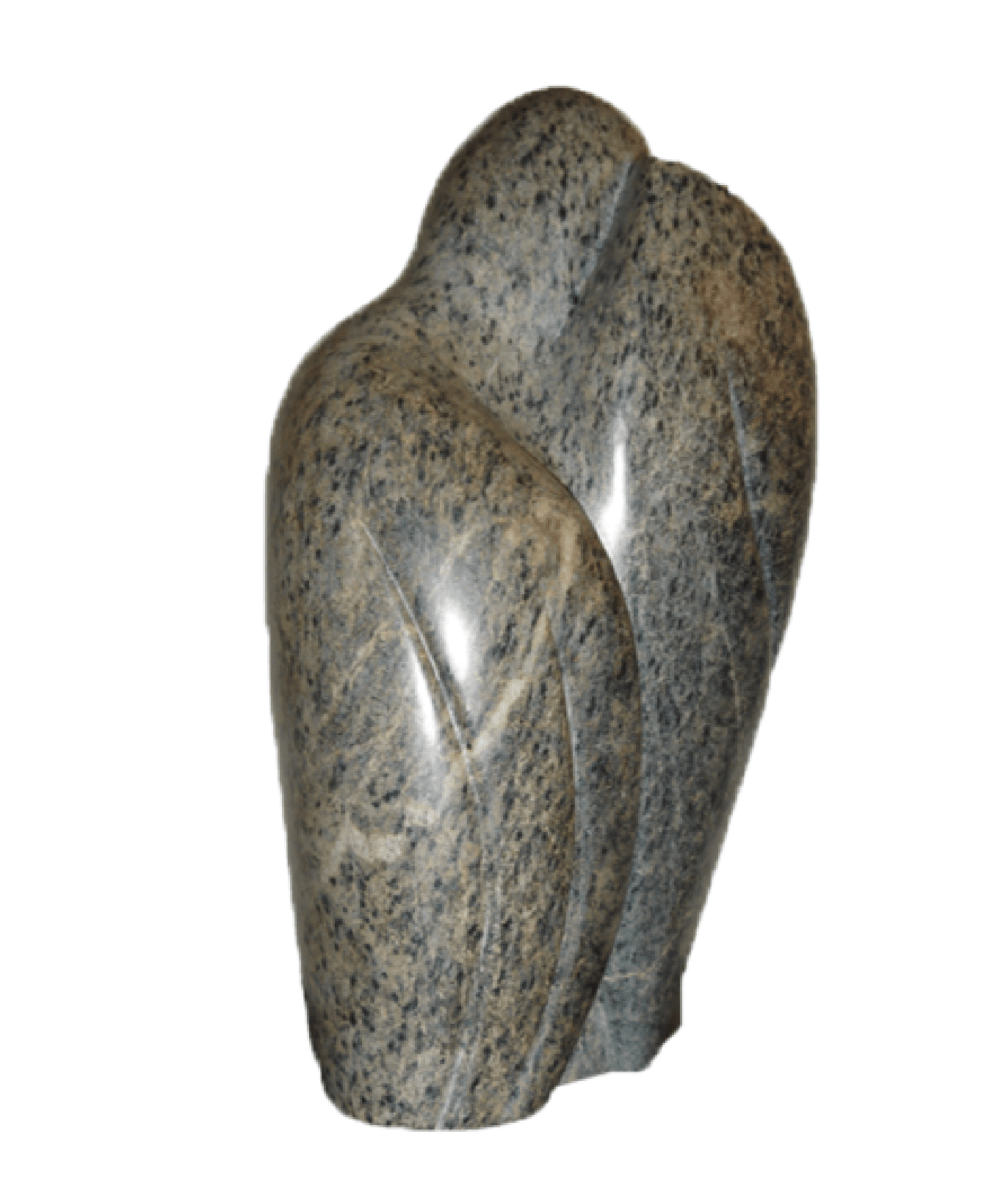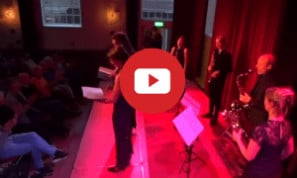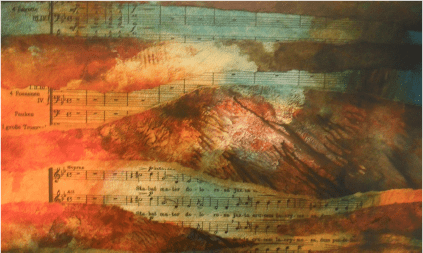Tyler Futrell
About the composer
Futrell was born in 1983 in Santa Rosa in Northern California. He earned a bachelor’s degree from the New England Conservatory of Music in Boston, studying composition and graduating in 2003. He went on to the Royal Danish Academy of Music in Copenhagen, earning a master’s degree in 2007, after studies with Bent Sørensen and Hans Abrahamsen.
Futrell moved to Oslo, Norway, in 2010 and became a Norwegian citizen. He worked with ensembles such as Bit20, The Norwegian Soloists’ Choir, London Contemporary Orchestra Soloists, Athelas Copenhagen and the Trondheim Soloists.
His website features his compositions, including Schism/Pier (for string orchestra), Brittle Fluid (for chamber strings), Rest (requiem for strings and voices), Chorale for Lily (for string quartet) and DE (for voice, sound and brass quintet). His works have been performed at Oslo International Church Music Festival, Nordic Music Days and Ultima Oslo Contemporary Music Festival. His Stabat Mater was nominated for the Nordic Council Music Prize 2024.
About the Stabat Mater
| Date: | 2021 |
| Performers: | Two voices, strings and harpsichord |
| Length: | 28.56 minutes |
| Particulars: | Futrell's Stabat Mater consists of 11 movements. Part 1 (Prelude: bouncing bows render wooden beams into a cross) and part 3 (Interlude) are instrumental parts. Futrell's Stabat Mater allows us to explore the evolution of Stabat Mater compositions over the past 600 years. For instance, he quotes music by Barber, Górecki and Brahms in part 10, a lullaby set to lines from an old Lament on the Holy Cross. |
| Textual variations: | The "Analecta"-version of the text has been used. Not all 20 verses of the traditional Stabat Mater sequence are used in Futrell's composition. Movements 7, 10, 15, and 19 have been omitted from the Latin text. However, movement 10 takes a unique approach: instead of using the Latin Stabat Mater text, Futrell incorporates a medieval Polish text from the 15th century Lament świętokrzyski, translated in the CD booklet as "Lament of the Holy Cross." |
| Colour bar: |
|
Information about the recording
| CD: | BIS – 2548 SACD Tyler Futrell Stabat Mater |
| More info: | The CD including his Stabat Mater is Futrell’s debut album. |
| Orchestra: | TerjungensembleTerjungensemble |
| Conductor: | Lars-Erik ter Jung |
| Soloists: | Eirin Rognerud, soprano |
| Other works: | Brittle Fluid – 2014 - for string Orchestra |
| Code: | 2025 FUT 01 |





